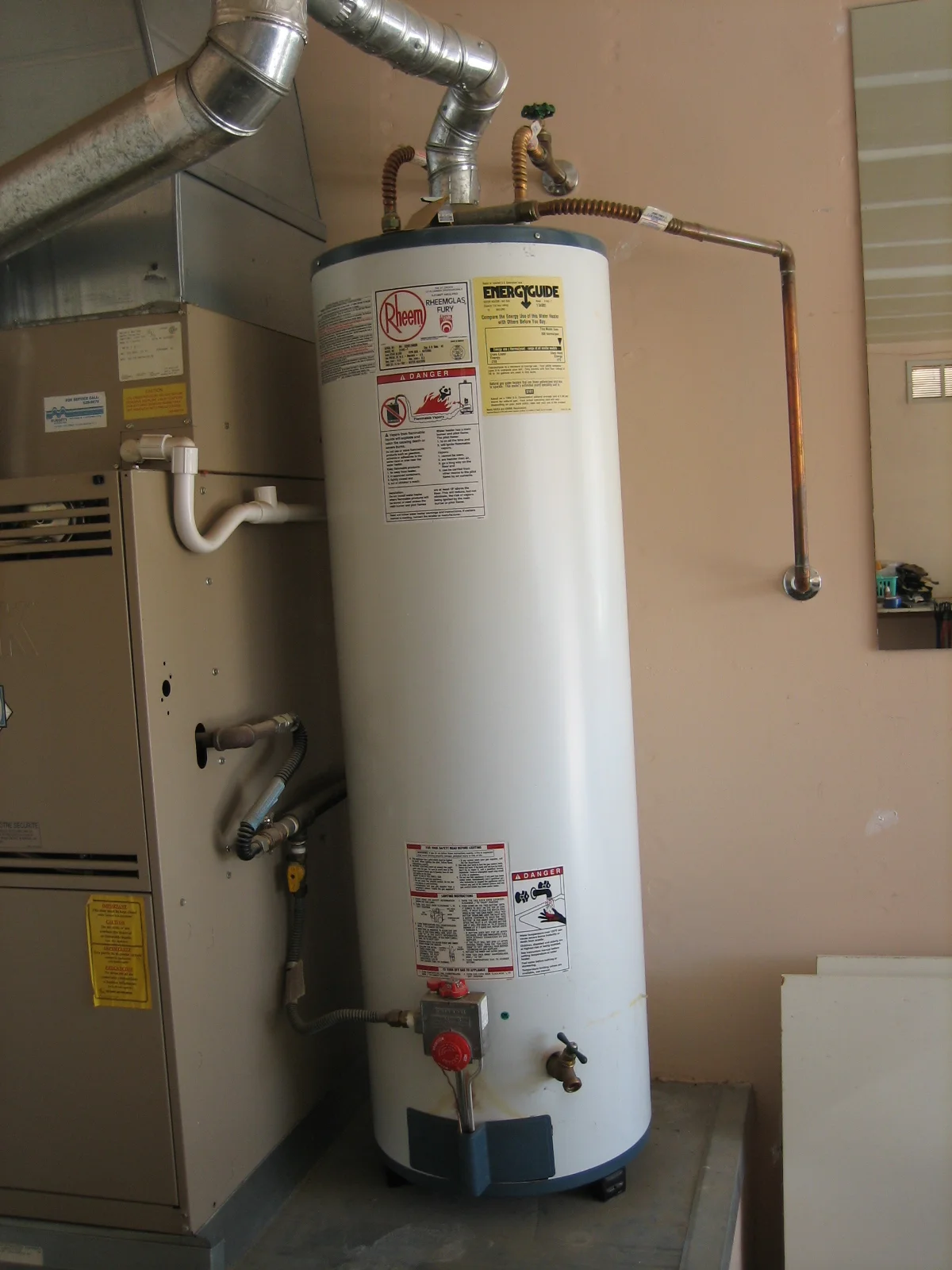What're your thoughts and feelings about Tips on Maintaining a Water Heater?

Hot water is crucial for everyday convenience, whether it's for a rejuvenating shower or cleaning meals. To ensure your warm water system runs efficiently and lasts much longer, normal upkeep is key. This write-up provides useful pointers and insights on just how to maintain your home's warm water system to avoid disturbances and expensive fixings.
Introduction
Keeping your home's hot water system could seem daunting, but with a couple of easy steps, you can guarantee it operates efficiently for years ahead. This guide covers every little thing from understanding your warm water system to DIY maintenance pointers and knowing when to employ professional help.
Value of Keeping Your Hot Water System
Regular maintenance not just expands the lifespan of your warm water system but likewise guarantees it operates effectively. Neglecting maintenance can bring about lowered efficiency, higher energy costs, and even early failing of the system.
Indicators Your Warm Water System Demands Upkeep
Knowing when your hot water system needs attention can prevent significant concerns. Keep an eye out for indications such as inconsistent water temperature, strange noises from the heating system, or corroded water.
Comprehending Your Warm Water System
Prior to diving right into maintenance tasks, it's practical to recognize the basic components of your warm water system. Commonly, this includes the water heater itself, pipes, anode poles, and temperature level controls.
Month-to-month Maintenance Tasks
Regular regular monthly checks can assist capture small concerns before they escalate.
Flushing the Water Heater
Purging your hot water heater gets rid of sediment build-up, enhancing performance and extending its life.
Monitoring and Replacing Anode Rods
Anode poles prevent rust inside the tank. Checking and replacing them when worn is critical.
Examining and Readjusting Temperature Level Settings
Changing the temperature level settings makes sure optimal performance and safety and security.
DIY Tips for Upkeep
You can execute a number of upkeep jobs on your own to maintain your hot water system in leading problem.
Checking for Leaks
Regularly check pipes and connections for leakages, as these can cause water damage and greater expenses.
Evaluating Pressure Alleviation Valves
Checking the pressure relief valve ensures it functions appropriately and stops excessive stress accumulation.
Protecting Pipes
Shielding hot water pipes lowers warm loss and can save power.
When to Call an Expert
While DIY upkeep is useful, some concerns require professional know-how.
Complicated Issues Calling For Professional Aid
Examples include significant leaks, electric issues, or if your hot water heater is constantly underperforming.
Regular Expert Upkeep Perks
Professional upkeep can include complete inspections, tune-ups, and making sure conformity with security criteria.
Final thought
Regular maintenance of your home's warm water system is vital for efficiency, durability, and price savings. By adhering to these suggestions and understanding when to seek expert aid, you can ensure a trustworthy supply of hot water without unforeseen disturbances.
How to Maintain an Instant Hot Water Heater
Before tinkering with your hot water heater, make sure that it’s not powered on. You also have to turn off the main circuit breaker and shut off the main gas line to prevent accidents. Also turn off the water valves connected to your unit to prevent water from flowing into and out of the appliance. 2. When you’re done, you have to detach the purge valves’ caps. These look like the letter “T” and are situated on either side of the water valves. Doing so will release any pressure that has accumulated inside the valves while at the same time avoid hot water from shooting out and burning your skin. 3. When the purge valves’ caps are removed, you have to connect your hosing lines to the valves. Your unit should have come with three hoses but if it didn’t, you can purchase these things from any hardware or home repair shops. You can also get them from retail stores that sell water heating systems. Read the user’s manual and follow it to complete this task properly. When the hosing lines are connected, open the purge port’s valves. 4. You should never use harsh chemical cleaners or solutions when cleaning your unit. Make use of white vinegar instead. It should be undiluted and you’ll probably use about 2 gallons. 5. Now flush your water heater. This task should probably take about 40 minutes. We can’t give you specific directions for this because the procedure is carried out depending on the type, model and brand of your heater. With that being said, refer to the user’s manual. 6. When you’re done draining the unit, you have to turn off the purge port valves again. Remove the hosing lines that you earlier installed on each of the water valves. Put the valve caps (purge port) back in their respective places and be very careful so as not to damage the rubber discs that are found inside these caps. 7. Now that everything’s back in place, check your user’s manual again to find out how to reactivate your water heating system. 8. Once it is working, turn one of your hot water faucets on just to let air pass through the heater’s water supply pipes. Leave the tap on until water flows smoothly out of it. https://www.orrplumbing.com/blog/2014/september/how-to-maintain-an-instant-hot-water-heater/

As a reader on How to Maintain a Hot Water Heater in a Few Simple Steps, I thought sharing that post was worth the trouble. Do you know someone else who is very much interested in the niche? Please feel free to promote it. Thanks for going through it.
Get A Free Quote